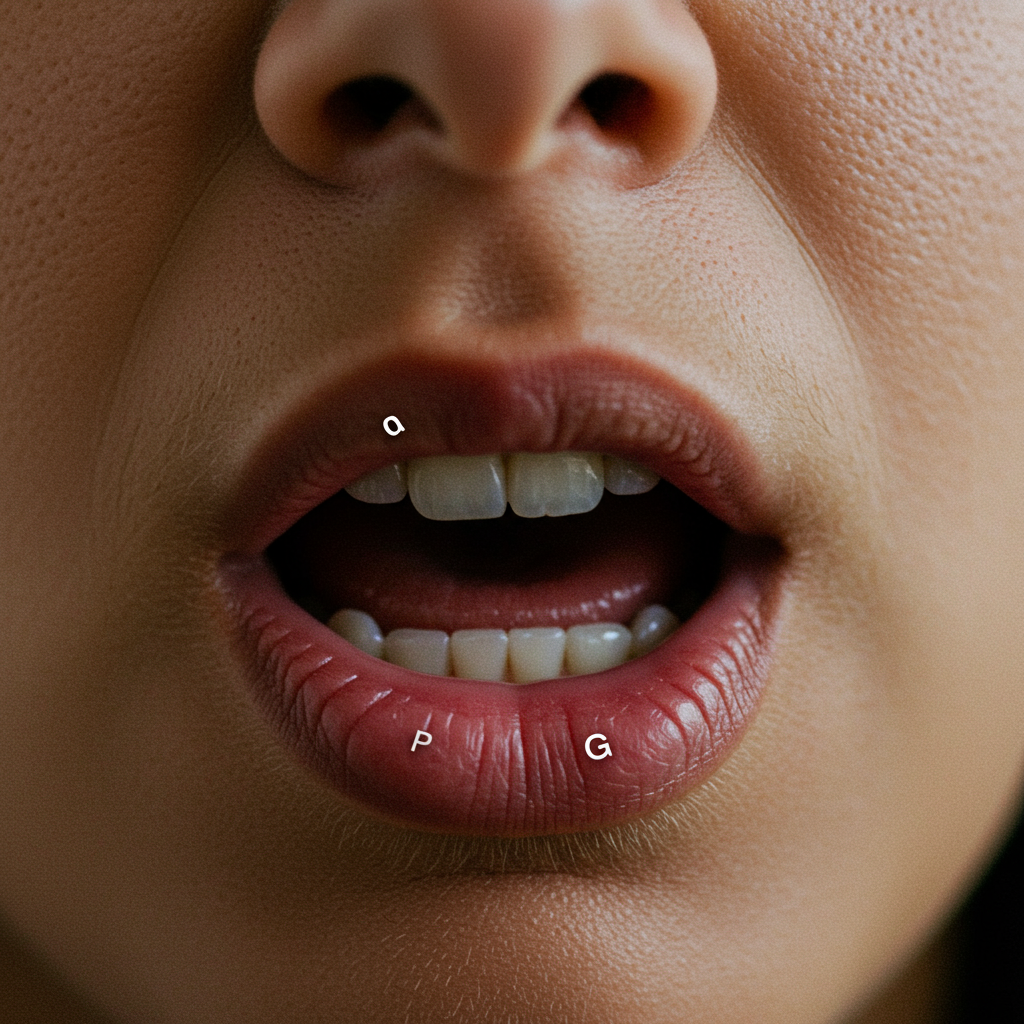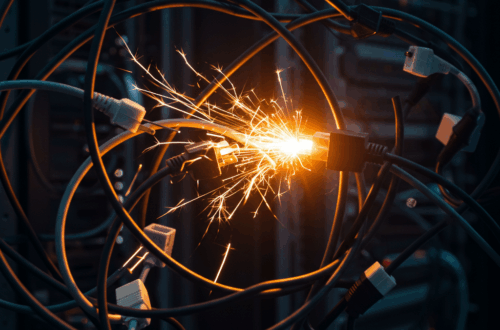Perfecting Lip Sync in AI Videos: A Guide to LatentSync and Advanced Techniques
Creating realistic AI-generated videos often hinges on achieving perfect lip synchronization. Poor lip-syncing can make a video look unnatural and unprofessional, breaking the viewer’s immersion. Thankfully, tools and techniques are emerging to address this challenge. One such tool is LatentSync, which aims to provide precise AI video lip synchronization. Let’s explore how LatentSync and other methods can help improve the quality of your AI-generated videos.
Understanding the Lip Sync Challenge
Getting lip movements to perfectly match audio is a complex task. It’s not just about aligning words; it’s about capturing the subtle nuances of speech, including the shape of the mouth for different sounds, the timing of lip closures, and even the small movements of the tongue and teeth. These nuances contribute significantly to the realism of a video.
Exploring LatentSync
LatentSync appears to be a promising new tool in the pursuit of accurate lip synchronization in AI videos. While specific details about its methodology are currently limited, the premise suggests it leverages latent representations to achieve precise control over lip movements. This approach likely involves analyzing both the audio and video data to create a mapping between the two. This could potentially lead to more accurate and natural-looking lip sync than traditional methods.
Alternative Techniques for Lip Sync Improvement
Beyond specialized tools like LatentSync, several other techniques can help improve lip sync in AI videos. These include:
- Audio-Driven Animation: This involves analyzing the audio track to extract information about phonetics and timing. This data then drives the animation of the character’s mouth.
- Deep Learning Models: Deep learning models can be trained on large datasets of video and audio to learn the complex relationship between speech and lip movements. These models can then generate realistic lip movements for new audio.
- Motion Capture: Using motion capture technology, real human performances can be recorded and used to create highly realistic lip movements.
- Manual Adjustment: While time-consuming, manual adjustment tools in video editing software allow for fine-tuning and correcting lip synchronization errors.
Practical Tips for Achieving Better Lip Sync
Regardless of the specific technique used, here are some practical tips for achieving better lip sync in your AI videos:
- High-Quality Audio: Start with a clean, high-quality audio recording. Noise and other audio artifacts can make it difficult to accurately analyze the speech.
- Precise Phoneme Timing: Pay close attention to the timing of phonemes (individual speech sounds) in your audio. Accurate timing is crucial for realistic lip sync.
- Visual Feedback: Regularly review your video with a critical eye. Look for any discrepancies between the audio and the lip movements. Even small errors can be noticeable.
- Iteration and Refinement: Lip sync is often an iterative process. Be prepared to make adjustments and refinements until you achieve the desired level of realism.
The Future of AI Video Lip Synchronization
As AI technology continues to advance, we can expect even more sophisticated tools and techniques for achieving perfect lip synchronization in videos. LatentSync and similar innovations hold great potential for streamlining this process and making it easier to create truly realistic AI-generated videos. The pursuit of perfect lip sync is an ongoing journey, but the tools available are constantly improving, pushing the boundaries of what’s possible.
Getting Started with Lip Sync Improvement
Ready to enhance your AI videos? Start by exploring the various tools and techniques mentioned above. Experiment with different approaches to find what works best for your specific needs. Remember that achieving natural-looking lip sync is a combination of art and technology. It requires attention to detail, patience, and a willingness to experiment. Don’t be afraid to try new things and push the limits of what’s possible.






